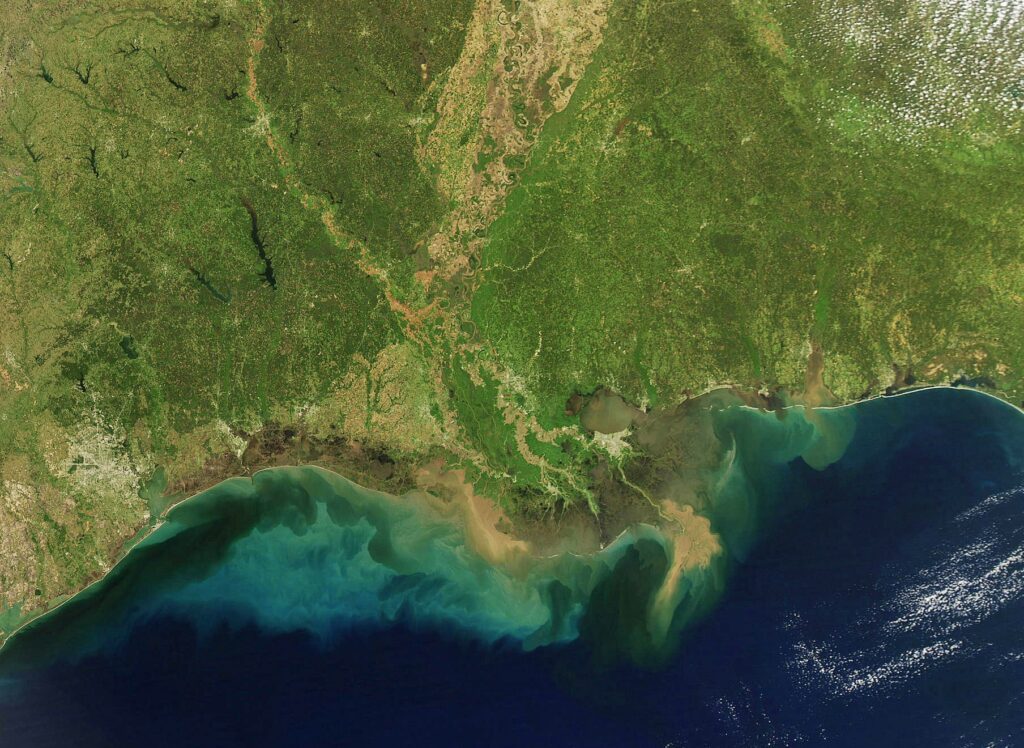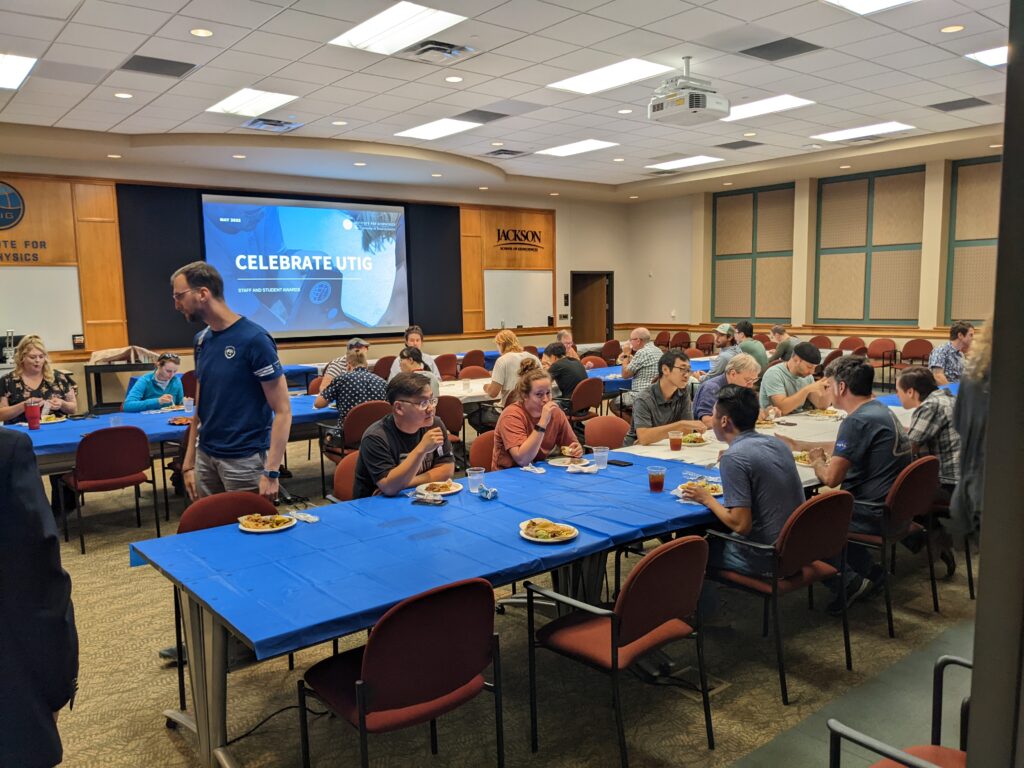Originally published in The Conversation. The ocean floor is famously less explored than the surface of Mars. And when our team of scientists recently mapped the seabed, and ancient sediments beneath, we discovered what looks like an asteroid impact crater. Continue Reading Mystery crater potentially caused by relative of dinosaur-killing asteroid
Underwater Snow Gives Clues About Europa’s Icy Shell
Below Europa’s thick icy crust is a massive, global ocean where the snow floats upwards onto inverted ice peaks and submerged ravines. The bizarre underwater snow is known to occur below ice shelves on Earth, but a new study shows that the same is likely true for Jupiter’s moon, where it may play a role… Continue Reading Underwater Snow Gives Clues About Europa’s Icy Shell
Coastal Glacier Retreat Linked to Climate Change
More of the world’s coastal glaciers are melting faster than ever, but exactly what’s triggering the large-scale retreat has been difficult to pin down because of natural fluctuations in the glaciers’ surroundings. Now, researchers at the University of Texas Institute for Geophysics (UTIG) and Georgia Institute of Technology have developed a methodology that they think… Continue Reading Coastal Glacier Retreat Linked to Climate Change
Research Shows How Gulf of Mexico Escaped Ancient Mass Extinction
An ancient bout of global warming 56 million years ago that acidified oceans and wiped-out marine life had a milder effect in the Gulf of Mexico, where life was sheltered by the basin’s unique geology – according to research by the University of Texas Institute for Geophysics (UTIG). Published in the journal Marine and Petroleum… Continue Reading Research Shows How Gulf of Mexico Escaped Ancient Mass Extinction
Celebrate UTIG! Staff and Student Awards 2021-2022
The Celebrate UTIG Luncheon is an annual celebration at the University of Texas Institute for Geophysics to recognize and reward the achievements of the institution’s staff and students. The 2021/22 awards were presented by director, Demian Saffer, at a lunch ceremony – the first in person awards since 2019. Before presenting the awards, Saffer gave… Continue Reading Celebrate UTIG! Staff and Student Awards 2021-2022
- « Previous Page
- 1
- …
- 15
- 16
- 17
- 18
- 19
- …
- 50
- Next Page »





